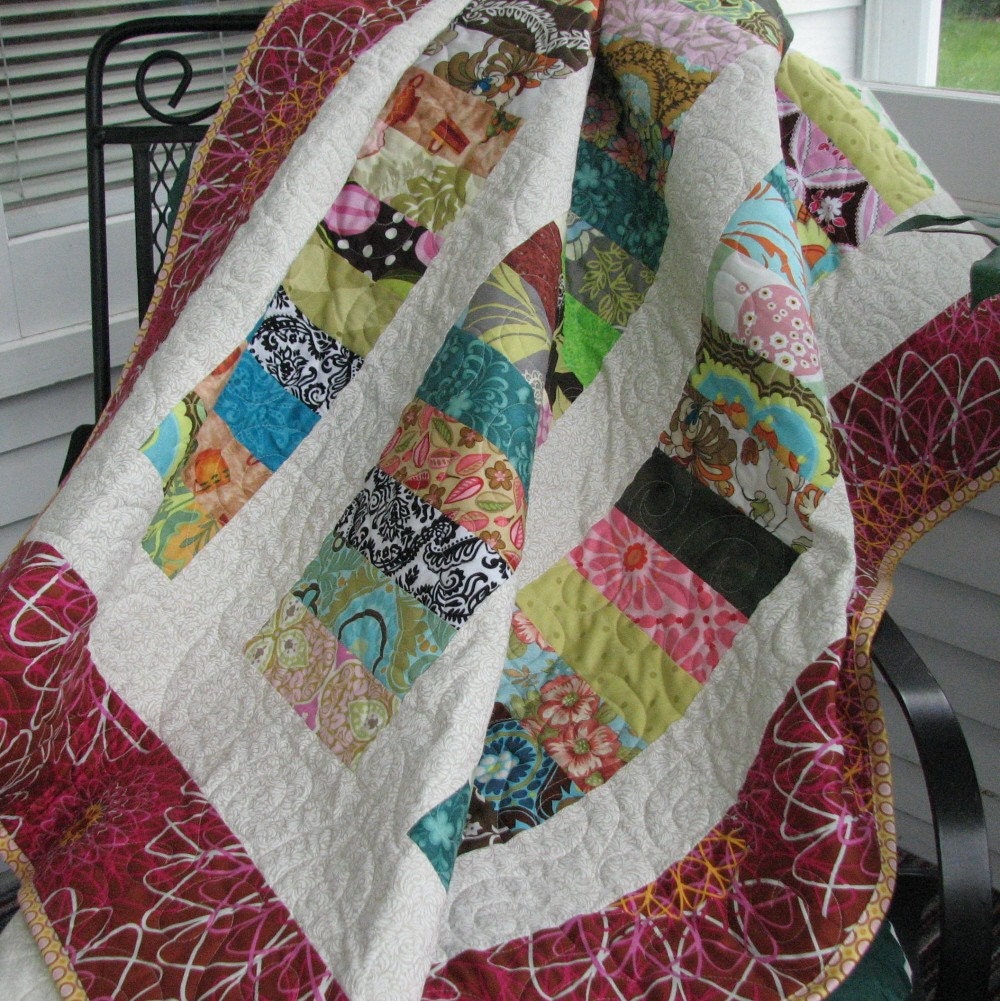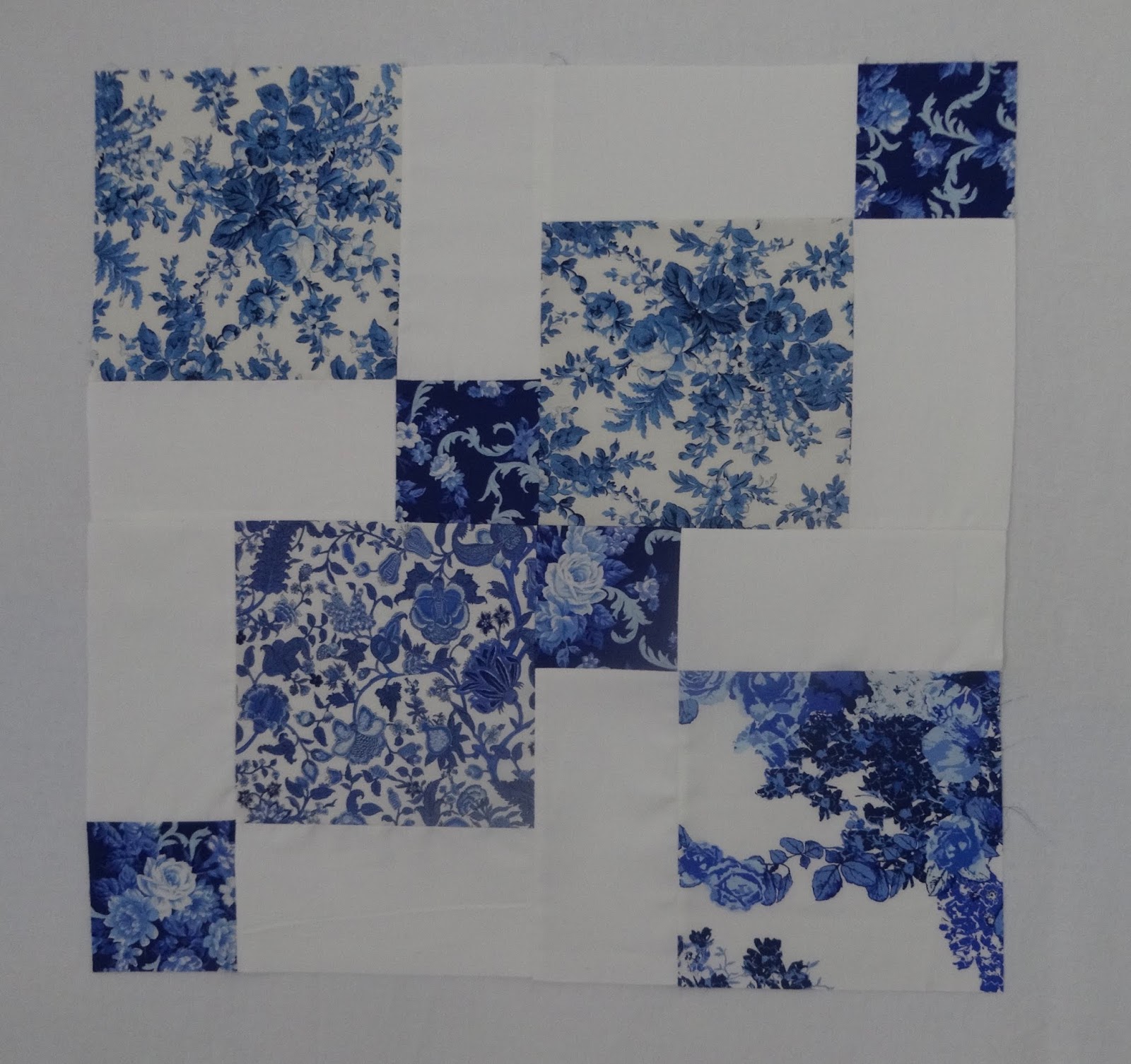

Continue this process until the front of the quilt has been sewn into one solid piece. Hold two patches face-to-face and stitch them together.
#CHINESE COINS QUILT PATCH#
The patches are cut into similar sizes and shapes and then leave at least 1/2-inch on each side of the patch for a seam. The quilt also contains both Chinese and American culture elements (i.e the use of quilt as a commemorative object in US and the protective aspect of Chinese patchwork) and represent a point of contact between these two cultures which are distinctive from each other. It is made of donated fabric from friends, family members, and internet acquaintances who may have themselves adopted Chinese children. It may have been inspired by the baijia yi. This form of hybrid quilting projects are also described as "baijia bei" (百家被) on OHGWQ websites. This practice originated from a northern Chinese patchwork practice and spread quickly through the China adoption community through the use of the internet. One Hundred Good Wishes quilt (acronym: OHGWQ) is an early 21st century commemorative form of quilt which is made by American families to welcome a Chinese child adoptee. Influences and derivatives One hundred Good Wishes Quilts The uses of Chinese patchwork are not limited to traditional clothing but have been widely used in modern society for curtains, children's shoes, caps, dudous, scarves, women's handbags, aprons, men's cigarette cases and wallets. It originated as a mean to extend the use of damaged clothing by sewing and mending it into traditional patterns while simultaneously increase its aesthetic value. It uses combines the use of sewing and embroidery along with a variety of colours, textures and cloths of different shapes to create patterns. Yanchuan patchwork is a distinctive form of traditional Chinese patchwork which is performed by a great number of people in the Yanchuan region of northern Shaanxi province in China. This form of garment reflected the Ming dynasty's tendency towards fashion novelty. It was made of irregular fabrics sewn together. Shuitianyi is a form of women's patchwork garment which was popular in the Ming dynasty. a three-layers bed covering held together with quilting stitch.


Īlthough the Chinese word "bei" is translated as "quilt" in English, it does not conform to the Western definition of a quilt, i.e. These pieces of donated fabric are then sewn into a quilt which embodies the good wishes, luck and energy of the quilt contributors. translated as "one hundred families quilt"), also known as the "100 Good Wishes Quilt" or "one hundred families bedcovers", is a Northern Chinese patchwork tradition it is customary to seek 100 people to donate a square piece of cloth in order to contribute to the quilt. The baijia yi is used as a protective talisman for a child. Wildflowers wavered out of sidewalk cracks and for a few weeks this bright quilt could have been subtle camouflage.Baijiayi ( Chinese: 百家衣) or baijia pao ( Chinese: 百家袍), also known Hundred-Families robe, or One hundred families robe, or One hundred families clothing, is a form of Chinese patchwork jacket, particular for male children. The spring that finally came was halting and dry, cold right up to the solstice, with a fine dust on everything. I stitched lilac and dandelion hues into the bright green of this quilt and tried to remember what the view from our kitchen looked with leaves. That first winter felt unending from our new, northern vantage. Last year we moved roughly a hundred miles up the shore to Milwaukee, adding an hour and a half and fourth state to our homeland trek. The THINK SPRING sign is gone now, moped too. You know, those special moments that a day on the road offers up. We made that drive four to six times a year, depending on funerals and weddings, so regardless of season the THINK SPRING moped became a touchstone for me, along with Sprinkle Road, some brightly painted beehives, and mile 66.6 in Michigan. A reminder that the cold was temporary always felt like a piece of kindness as we soared past.

I don’t know if you’ve driven around the southern curve of Lake Michigan in late winter before, but it’s a stark and unblinking landscape. In the first years that we lived in Chicago and drove regularly to SE Michigan (and back) there was a junkyard somewhere along I-94 in Indiana that had a large crane dangling an up-side-down moped and a sign reading: THINK SPRING. In the Corolla (rip) on a cold day, just off I-94, shot on 35mm film by Tavi // THINK SPRING Quilt


 0 kommentar(er)
0 kommentar(er)
